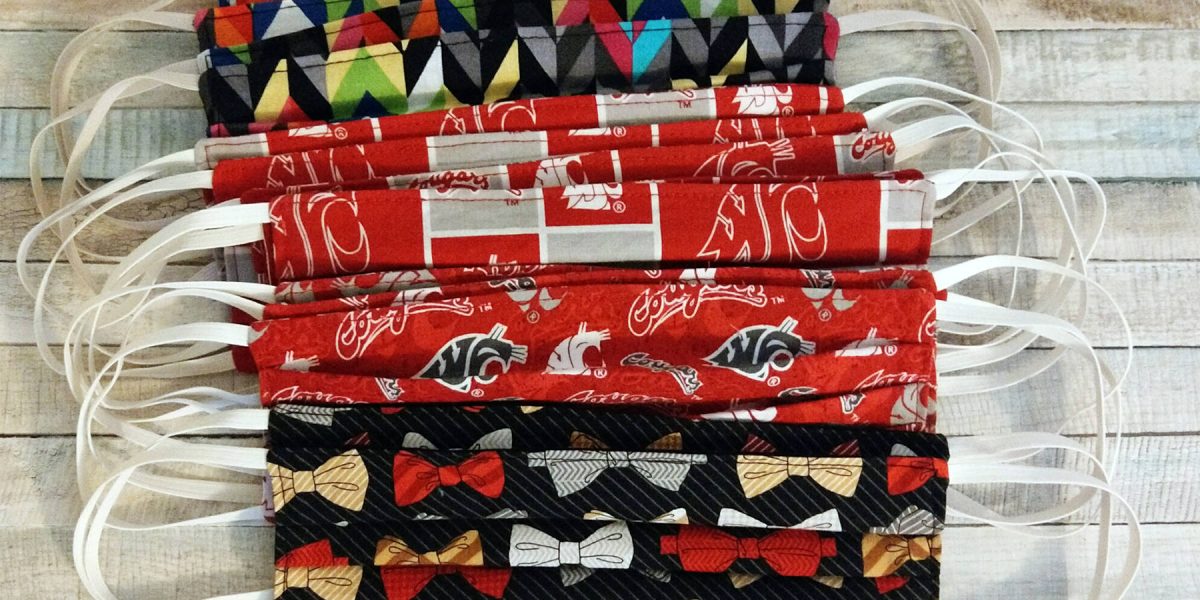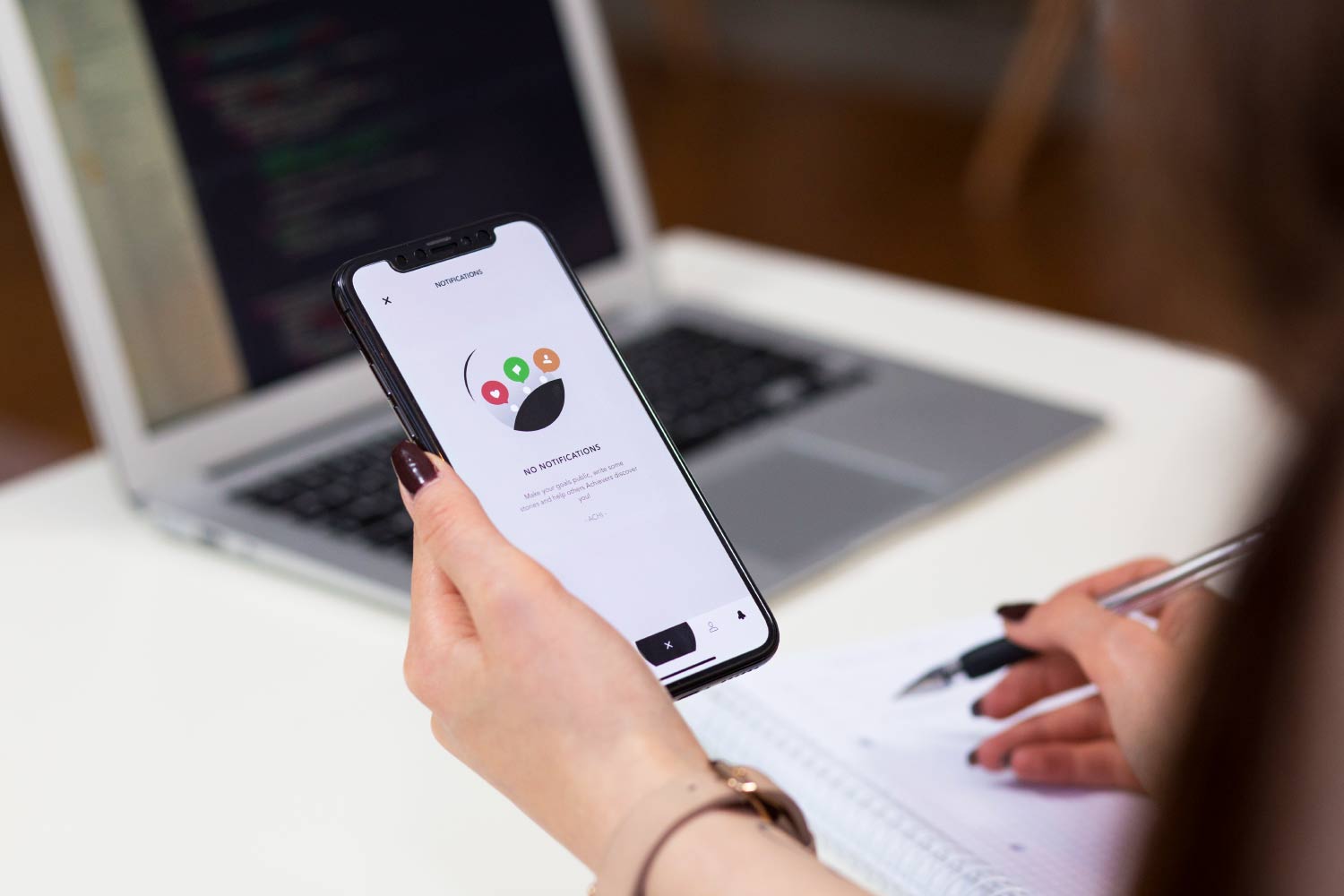We all have a role to play in preventing the spread of COVID-19 in our communities. During this time, it’s important that we continue taking simple steps to help protect ourselves and others.
The best thing we can do to prevent the spread of COVID-19 is to wash our hands frequently for at least twenty seconds with warm water and soap, or using hand sanitizer containing at least 60% alcohol if none is available.
To further help limit the spread of the virus, everyone is strongly encouraged to also do the following:
- Maintain physical distancing (at least 2 meters away from others at all times).
- Stay home as much as possible (i.e. limiting trips to the grocery store or other essential services to once per week or less, working from home if able, avoiding non-essential travel).
- Self-isolate when appropriate (i.e. if you have any COVID-19-related symptoms, if you are an older adult, or if you have underlying health conditions).
- Avoid touching your eyes, nose, and mouth.
- Cover coughs and/or sneezes with a tissue or your elbow.
Recently, recommendations to wear non-medical or cloth masks in public spaces when it is not possible to consistently maintain a 2-metre physical distance (e.g. when shopping or attending an appointment) have been released. This is another step, in addition to the safety measures listed above, that we can take to help keep our communities safe and healthy. Bringing a mask with us when we leave our homes can ensure that we have the ability to put one on when we encounter a situation where a 2-metre distance from others can’t be maintained.
The following comparison between seatbelts and masks can help explain how wearing non-medical masks may help protect others.
We wear seatbelts to protect ourselves – they don’t help protect anyone else. But wearing a seatbelt is only part of what we do to stay safe when we’re on the road. We also have speed limits, air bags, and we don’t drive when impaired. By following these road safety rules, we help make driving safer for everyone.
Masks are different than seatbelts because we don’t wear them to protect ourselves – we wear them to protect others. Although wearing a non-medical or cloth mask will do little to protect the person wearing it, it’s part of a whole system of things we do to protect ourselves as a society. For example, if you have COVID-19 and don’t yet know it, wearing a non-medical mask might help prevent you from passing it to someone else. So, just like following road safety rules, wearing non-medical masks is one of the many actions we can take help protect those around us.
Remember that wearing a non-medical mask is not a replacement for washing your hands, physical distancing or staying home when you are sick. It’s an added layer of protection that can be used to help protect others when physical distancing is not possible.
How to properly use a cloth mask
Putting on your mask:
- Before putting on a mask, clean your hands with alcohol-based hand rub or soap and water.
- When putting on your mask, try to touch your face as little as possible.
- Cover your mouth and nose with the mask by tying up the ties behind your head or placing the elastics behind your ears. Make sure there are no gaps between your face and the mask.
- You want the mask to stay in place fully covering your mouth and nose.
- Once your mask is in place, try to avoid touching it.
Taking off your mask:
- You will remove it when out of the public space, OR when wet.
- Before removal, wash or sanitize your hands.
- Remove the mask by lifting the elastics off your ears, or untying the ties behind your head.
- Without touching the mask itself, gently pull the mask forward from your face touching only the ties or elastics.
- Once removed, wash your hands.
Non-medical masks, such as the ones that are being given to patients coming to the clinic for in-person appointments, can be reused as long as they don’t become dirty or damaged. If the mask becomes wet, it should be removed and placed in a paper bag to dry. Once dry, it can safely be reused.
Cloth masks can be reused often (even after becoming dirty) because they can be laundered in warm soapy water. Proper hand hygiene should be used when washing masks.
Limitations of non-medical or cloth masks
Please note that cloth masks have been shown to be less effective than surgical masks when it comes to protecting us, but they do offer some protection. They are meant to prevent us from spreading droplets when we cough or sneeze. However, they do not provide complete protection from virus particles because of a potential loose fit and the materials used.
All community members are encouraged to continue following public health recommendations to help prevent the spread of COVID-19 in our communities. The actions we take can keep others safe.
For more information relating to COVID-19, please view the “News” section of this website and/or follow the Marathon Family Health Team – Health Promotion Facebook page.



